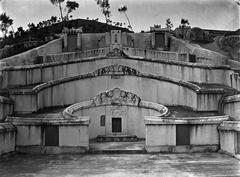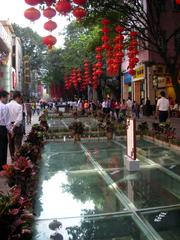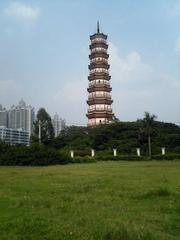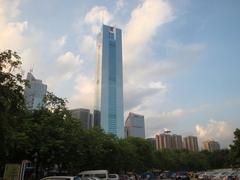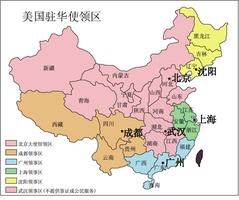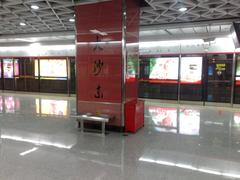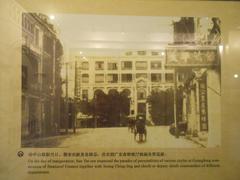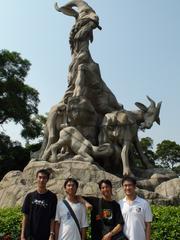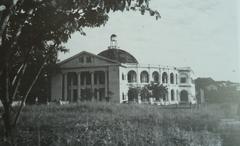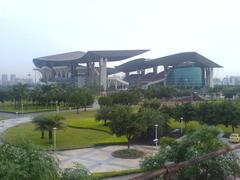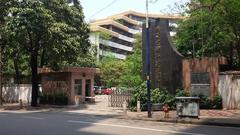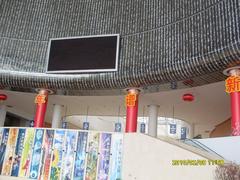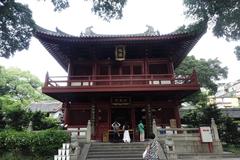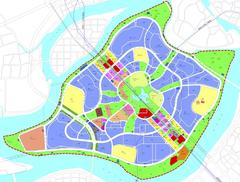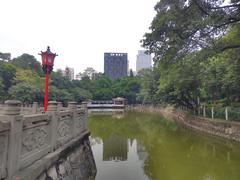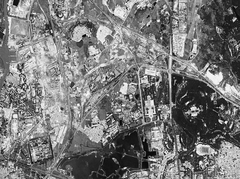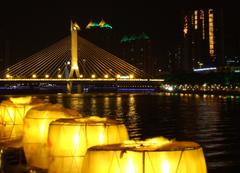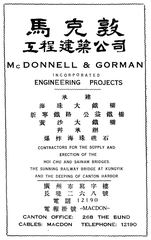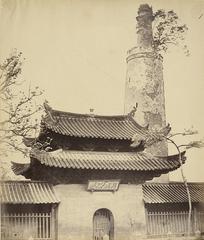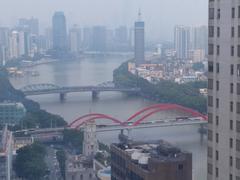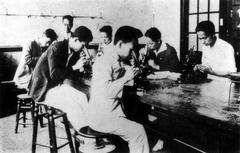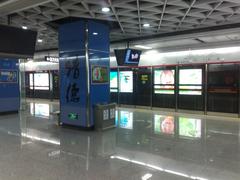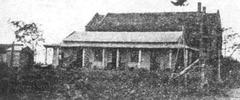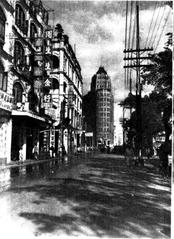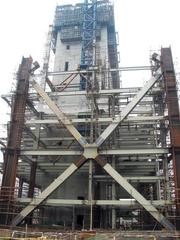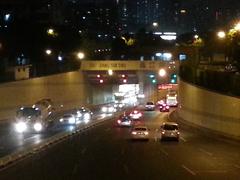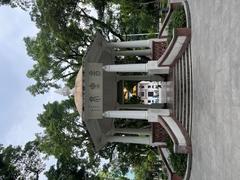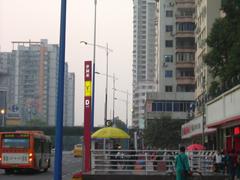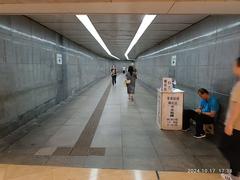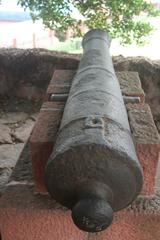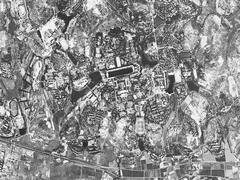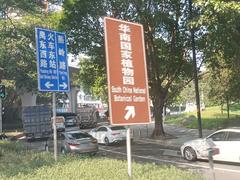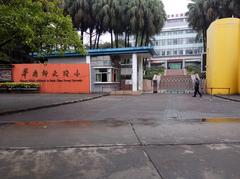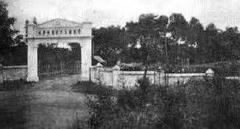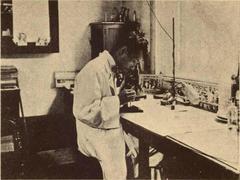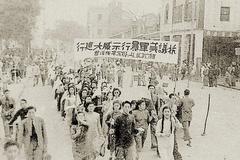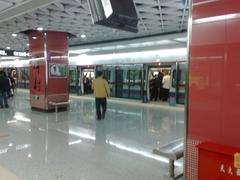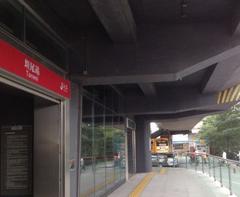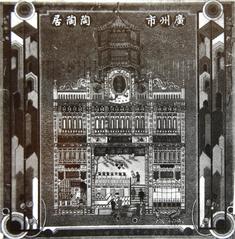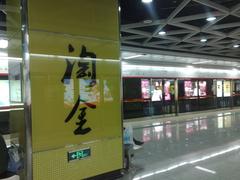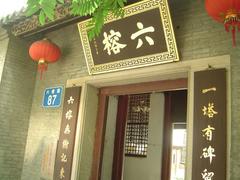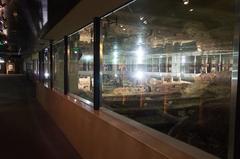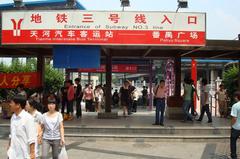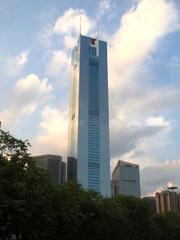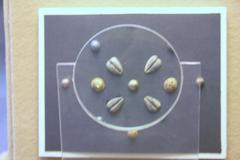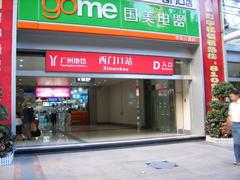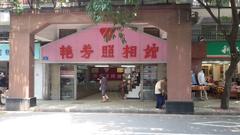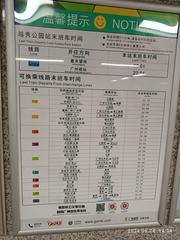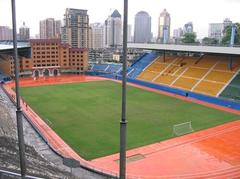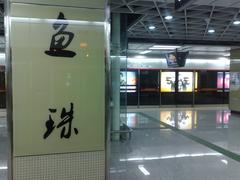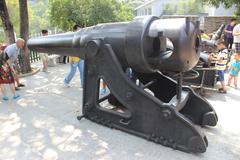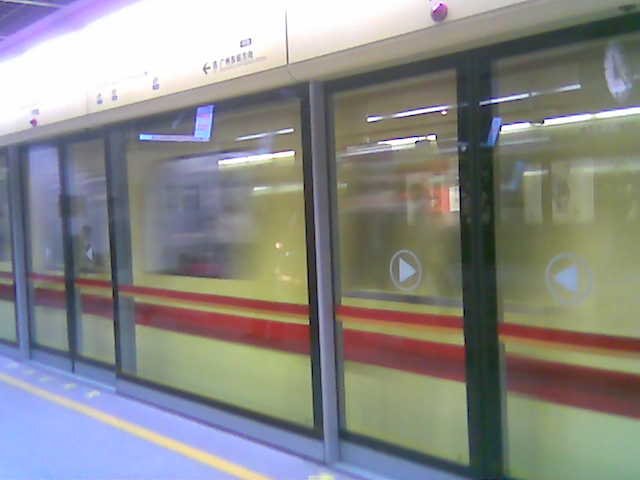
Peasant Movement Institute Station Guangzhou: Complete Visiting Guide
Date: 15/06/2025
Introduction
The Peasant Movement Institute in Guangzhou is a landmark deeply connected to the revolutionary history of early 20th-century China. Once a Ming dynasty Confucian academy, it became a pivotal training ground for young activists during the First United Front between the Kuomintang (KMT) and the Chinese Communist Party (CCP). Today, preserved as a museum, the Institute offers an immersive experience into China’s political heritage, revolutionary movements, and cultural legacy. Conveniently accessible via the Guangzhou Metro’s Peasant Movement Institute Station, this site is a must for history enthusiasts, students, and travelers seeking to understand Guangzhou’s layered past (Guangzhou Museum, Trip.com, Lonely Planet).
Historical Background
Origins and Role
Established in 1924 at the historic Panyu Academy, the Peasant Movement Institute (PMI) was instrumental in training young revolutionaries to mobilize rural communities for social and political reform. The site had previously served as a Confucian temple and academy dating back to 1370. The transformation from a traditional academic institution to a revolutionary training center mirrors Guangzhou’s emergence as a crucible for reform and activism.
Leadership and Notable Figures
Key revolutionary leaders, including Mao Zedong and Zhou Enlai, directed sessions at the Institute. Mao oversaw the influential sixth cohort in 1926, shaping the strategies of future grassroots leaders. Over 800 students from across China attended, many of whom later played prominent roles in the Chinese Revolution.
Lasting Legacy
Although the Institute was closed in 1926 due to political turbulence, its impact on Chinese history endures. It is celebrated for nurturing leaders who contributed significantly to the peasant uprisings and the broader revolutionary movement.
Architecture and Cultural Heritage
The PMI is housed in the restored Panyu Academy complex, characterized by its red walls, black-tiled roofs, and centuries-old trees. The campus features:
- Lingxing Gate, Pan Pond, and Dacheng Hall: Showcasing Ming dynasty architectural elements.
- Symbolic Colors: Red for revolutionary spirit, black for stability.
- Commemorative Inscriptions and Kapok Blossoms: Enhancing the site’s unique atmosphere.
Meticulous preservation efforts maintain the authenticity of the 1920s structures, while discreet modern amenities ensure visitor comfort without compromising historical integrity.
Exhibitions and Commemorations
The museum’s exhibitions are thoughtfully curated:
- Restored Facilities: Explore the original director’s office, classrooms, dormitories, and training spaces.
- Historical Documents and Artifacts: View rare photographs, period documents, and personal effects of trainees and leaders.
- Thematic Displays: Learn about the peasant movement, the Institute’s six terms, and China’s revolutionary history.
- Confucian and Examination Heritage: Dedicated areas explore the site’s earlier educational role.
Special exhibitions, such as the 100th anniversary show in 2024, highlight the Institute’s ongoing significance in Chinese collective memory (GZ Guide).
Visiting Information
Location
- Address: No. 31 South Yuexiu Road / No. 42 Zhongshan Fourth Road, Yuexiu District, Guangzhou, Guangdong Province, China (Trip.com)
- Metro: Peasant Movement Institute Station (Line 1), Exit D
- Bus: Routes 1, 22, 76A, 80, 102, 107, 108, 125, 215, 222, 517 (Guangzhou Government)
Opening Hours
- Tuesday to Sunday: 9:00 AM – 4:30 PM (last entry 4:00 PM)
- Closed: Mondays (unless public holiday)
Admission and Tickets
- Admission: Typically RMB 5; some periods offer free entry—check locally for updates.
- Discounts: Students and seniors may receive reduced rates.
- Booking: Tickets available onsite and online via the Guangzhou Museum website.
Guided Tours and Accessibility
- Tours: Mandarin and limited English available; book in advance.
- Accessibility: Wheelchair accessible, with ramps and elevators.
- Facilities: Signage in Chinese and basic English, rest areas, and nearby cafés.
Visitor Tips
- Best Time: Spring for kapok blossoms; weekday mornings for fewer crowds.
- Duration: 1.5–2 hours recommended.
- Language: Bring a translation app or arrange for a guide for deeper insights.
- Photography: Allowed in most areas; check for restrictions in special exhibitions.
Nearby Attractions
- Martyrs’ Park: Memorial park commemorating the 1927 uprising (Lonely Planet).
- Chen Clan Ancestral Hall: Masterpiece of Lingnan architecture.
- Sun Yat-Sen Memorial Hall: Monument to the founding father of modern China.
- Beijing Road Pedestrian Street: Bustling shopping and dining area.
- Dafo Temple: Tranquil ancient Buddhist site.
A half-day itinerary can combine a visit to the Institute with these nearby cultural landmarks.
Frequently Asked Questions (FAQ)
Q: What are the current visiting hours?
A: Tuesday to Sunday, 9:00 AM to 4:30 PM. Closed Mondays.
Q: What are the ticket prices?
A: Usually RMB 5; some periods may offer free entry.
Q: Is the museum accessible for those with mobility issues?
A: Yes, the museum is mostly flat and accessible via metro and bus.
Q: Are English guides available?
A: Limited English tours; booking in advance is recommended.
Q: When is the best time to visit?
A: Weekday mornings and spring for fewer crowds and beautiful scenery.
Visuals and Media
Essential Visitor Checklist
- Confirm opening hours and ticket prices before your visit.
- Use a translation app or arrange for a local guide if you do not read Chinese.
- Allocate at least 1–2 hours for your visit.
- Explore nearby historical sites for a comprehensive Guangzhou experience.
Final Tips and Summary
A visit to the Peasant Movement Institute offers an intimate look at a crucial chapter of China’s revolutionary history. The blend of preserved Ming architecture, iconic red walls, and detailed exhibitions on the peasant movement provides both historical context and emotional resonance. With practical amenities, accessible routes, and proximity to Guangzhou’s other major attractions, the Institute is a cornerstone of the city’s cultural landscape.
For the most current information, ticketing options, and guided tour bookings, consult official resources such as the Guangzhou Museum website or the Guangzhou Government museum page. For enhanced navigation and personalized planning, consider using the Audiala app.
Sources
- Guangzhou Museum
- Trip.com: Peasant Movement Training Institute
- Lonely Planet: Peasant Movement Institute
- Guangzhou Government Museum Page
- GZ Guide: Museum of Peasant Movement Training Institute
- Trek Zone
- Liquisearch: Guangzhou Peasant Movement Institute

